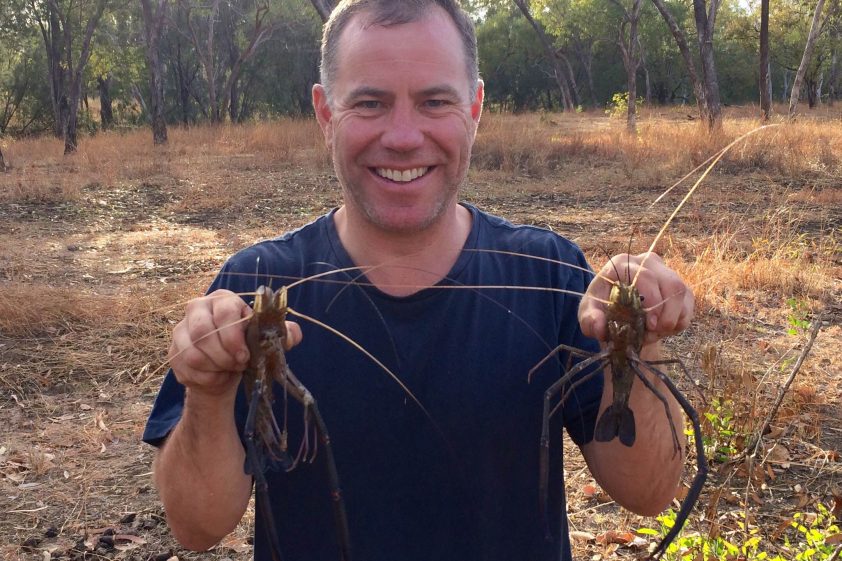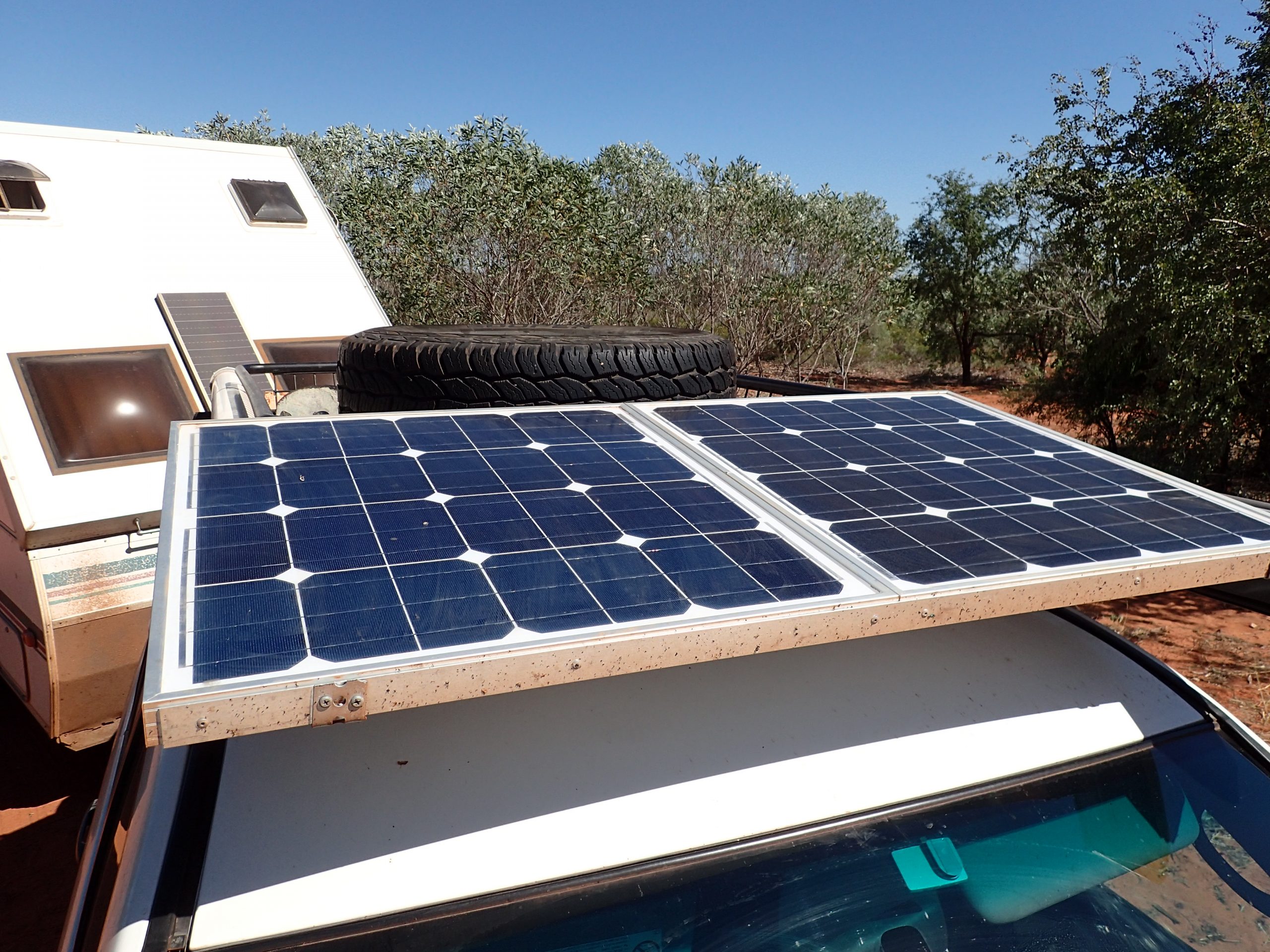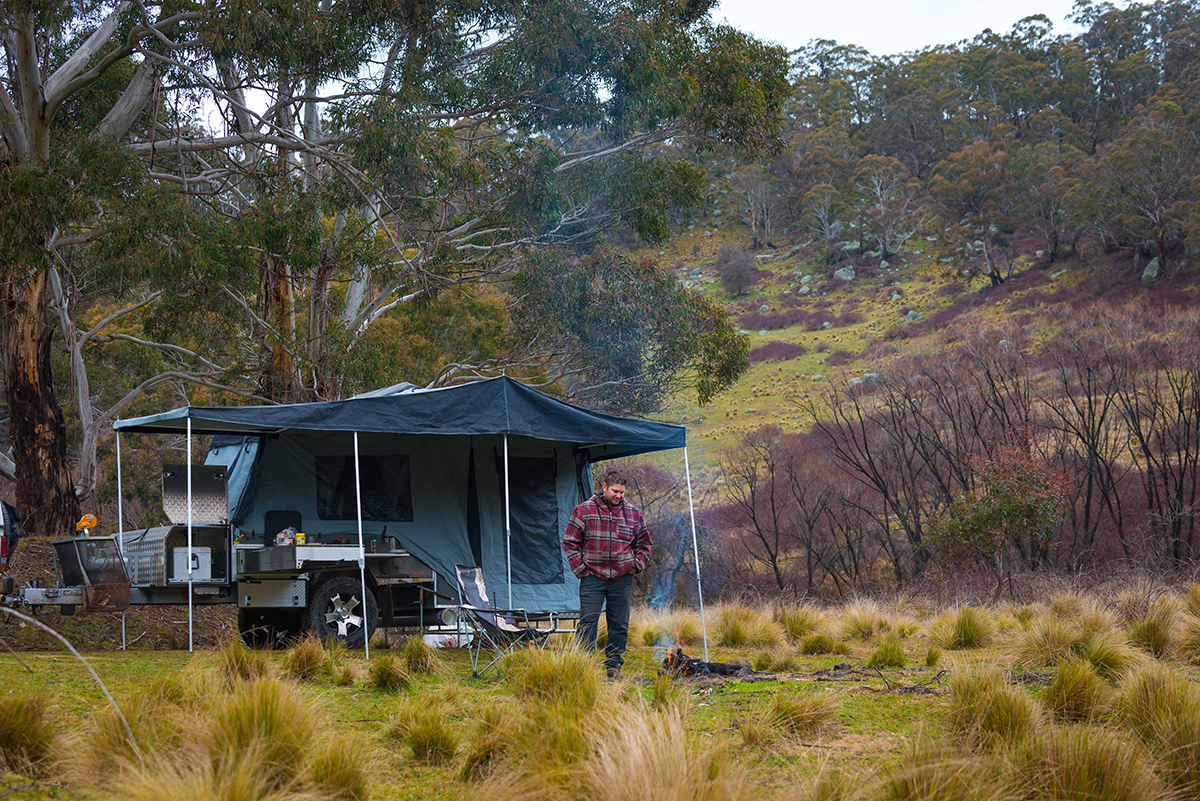Bush tucker, bush tukka or bush food. Whatever you call it, you’re probably thinking about food that’s native to Australia and that’s traditionally been used by this country’s original inhabitants as a food source. You probably also mostly associate bush food with edible plant material. But the body’s essential food requirements are carbohydrates, proteins, fats, minerals and vitamins. So, naturally, the indigenous diet also included many animal, bird and seafood species, including kangaroo, emu, crocodile, possum, fish, molluscs, shrimp, birds, eggs, lizards, yabbies, ants, frogs and moths.
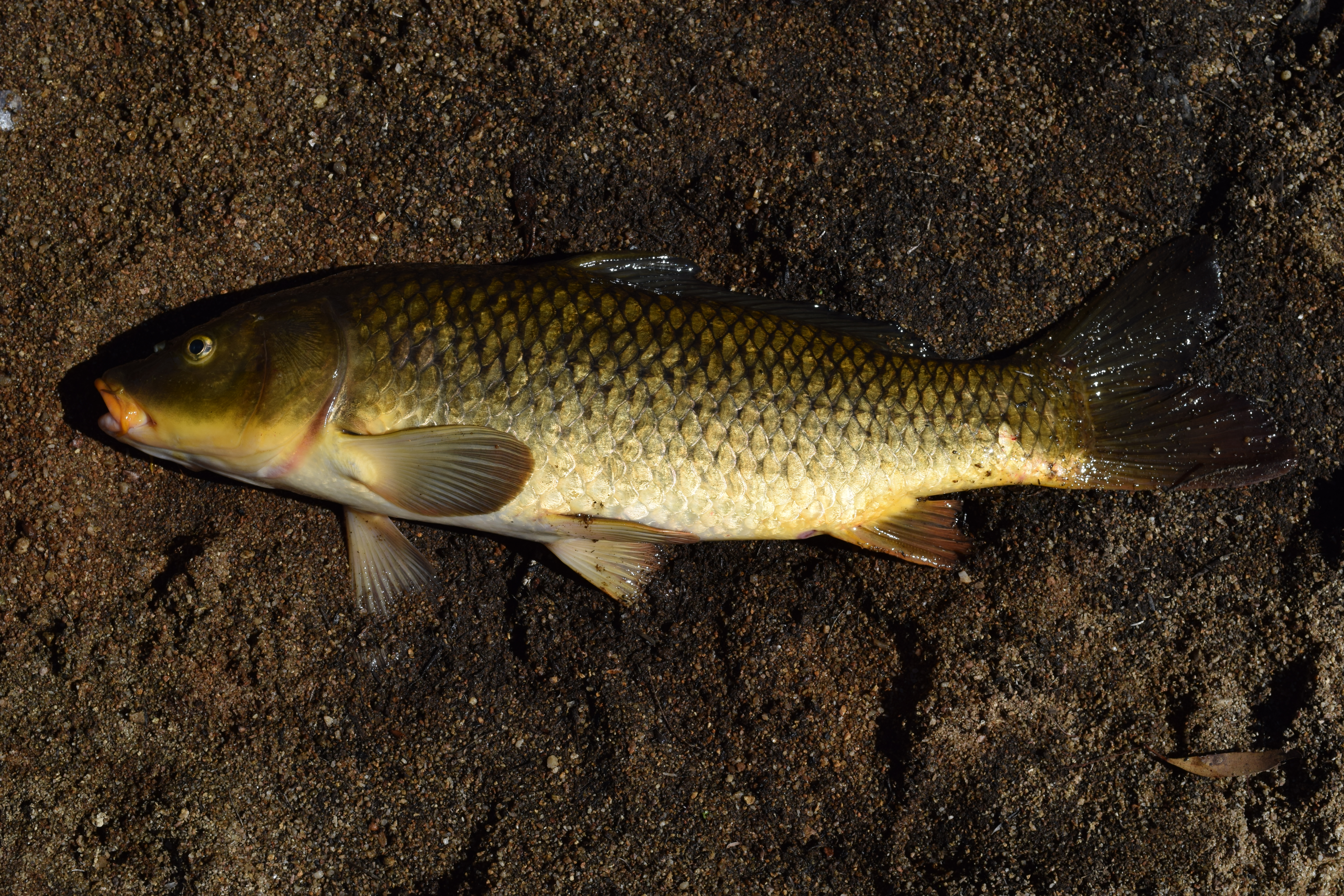
So what do you do if you didn’t grow up around bush tucker? How do you take your first exploratory steps towards living off the land? After all, just because you watched all 23 episodes of the Bush Tucker Man series in the 1980s and 90s, you’re not necessarily ready to go shopping in nature’s garden. Australia has both plants and animals that can kill you. Did you know, for example, that there are 1000 species of Australian plant that are known toxicants? In this environment, handling or eating the wrong one can turn a good day really, really bad…
BASIC RULES
There are some great resources available that can help you to improve your familiarity with native plants. But you need to be very careful as you venture into unfamiliar culinary territory. Let’s face it, not all of us have a botany degree or are survival experts. But there are some basic rules that all of us can follow to help keep us out of trouble:
• If it smells of almonds or peaches, leave it alone (unless of course it’s an almond or peach tree!). This smell is indicative of cyanide;
• Just because birds and other animals are eating something, it doesn’t mean you can;
• Bright colours on frogs and grubs are a natural warning all over the planet;
• White, milky sap should be avoided unless you know what you’re doing. While most saps have indigenous uses, including for antiseptic purposes, don’t rely on guesswork;
• Leave mushrooms alone unless you know what you’re doing. Unfortunately there are no foolproof criteria for the uninitiated. Ninety per cent of white-gilled and 10 per cent of pink-gilled mushrooms worldwide are poisonous;
• It’s the same with legumes. If you’re not certain, it’s best to leave them alone; and
• Avoid trumpet and pea-shaped flowers, fruits with red seeds or five segments, hand-shaped palmate leaves and prickly seed pods.
FAMILIAR TERRITORY
Not all bush foods are unique to Australia. Some were introduced thousands of years ago by Indonesian or Chinese mariners, and others proliferated after English settlement. So keep a look-out for bush foods that may be more familiar to you.
Pig weed, for example, is the world’s eighth most common plant and has been in Australia so long that it’s regarded as native. It’s edible and, indeed, was a key food source for the Burke and Wills expedition members as they trudged south, with inadequate provisions, after reaching the gulf. Historically, western societies have thrived on species that we might dismiss as being weeds. Think of prickly pear, blackberry and dandelion (according to the US Department of Agriculture, dandelion is the most nutritious vegetable it’s ever tested). It’s no wonder that we’ve seen a resurgence in ‘foraging’ within society, even among highly urbanised populations.
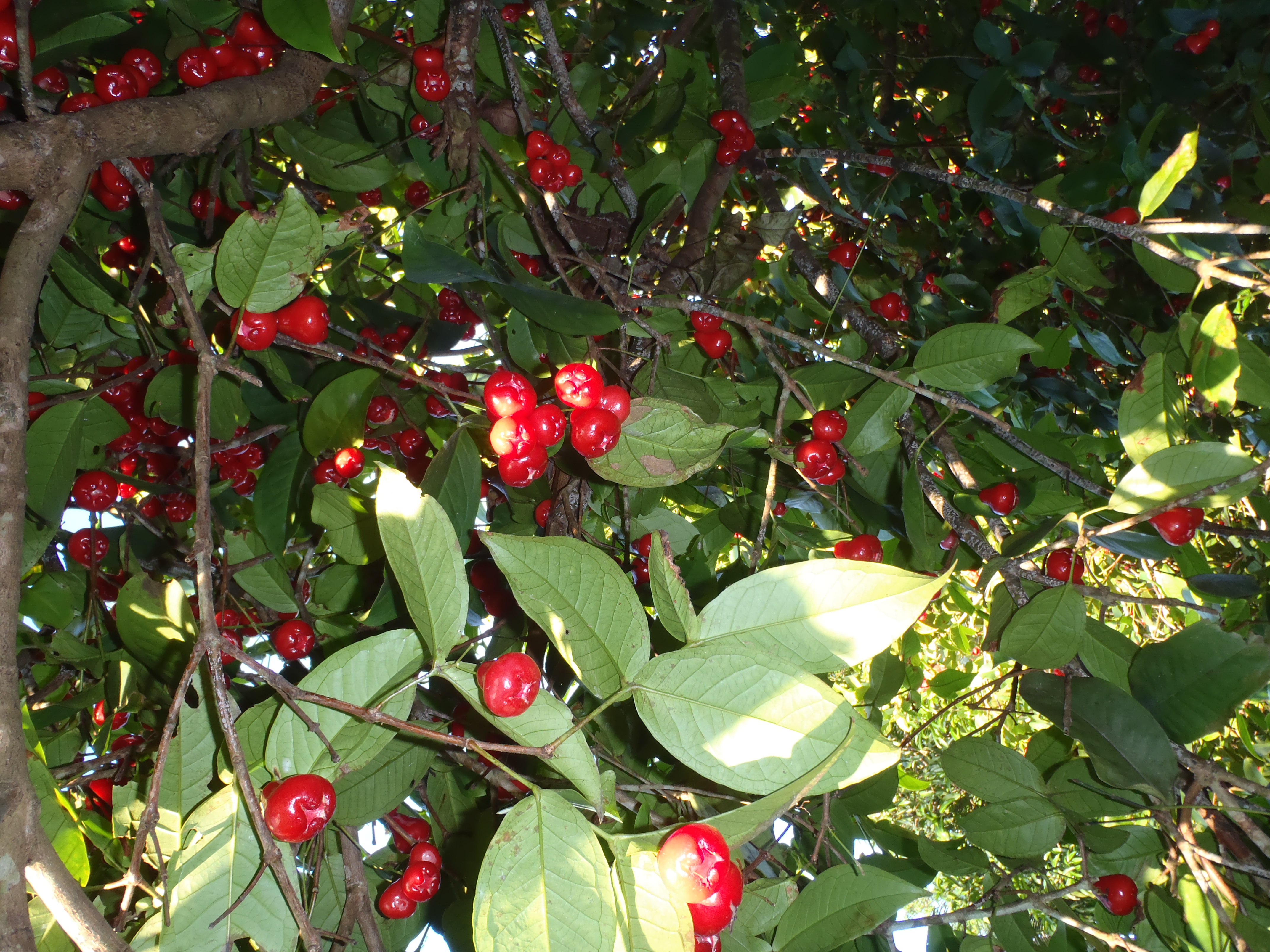
When it comes to meat, we shouldn’t think solely about native species (many of which are protected). You may be interested to know that feral cats have been hunted for food by Aboriginal tribes since well before white settlement. This is evidenced by a rock art painting of a cat in Queensland that’s known to pre-date Captain Cook’s landing. The nutritional value of cats is still recognised today by the indigenous population and indeed there’s a recipe for cat in the Fitzroy Valley Cook Book published by the Nindilingarri Cultural Health Services.
If your tastes are more conservative, rabbits, goats, pigs, deer and hare offer options that would happily grace anyone’s table at home, and which can taste spectacular when consumed around a campfire beneath a billion stars.
The key thing about bush tucker is to keep within the bounds of your confidence and competence. Bush tucker is great, but you have to know what you’re looking for. And like many of life’s challenges, a little bit of reliable information can guide you effectively along the right path.
WILD FOOD PROTOCOL
Used worldwide, there’s something known as an ‘edibility test’, which involves actively applying all of your senses and your judgment to discover whether something is, or is not, likely to be safe to eat. For example, for leaves and fruits, follow this simple testing procedure:
• Crush it in one hand. If it smells of almonds or peaches, leave it alone;
• Otherwise, rub it on your wrist or underarm, wait for five minutes for a reaction, such as itching or burning;
• If none occurs, rub a little of the substance on the corner of your mouth and wait for five minutes;
• If nothing happens, rub it on your inside lip and again wait five minutes. Stop if any reaction occurs;
• If there is no reaction, chew it a little and spit it out to see if it’s bitter, or if a reaction occurs (soreness, burning, irritation) and wait five minutes;
• Take a teaspoon-sized portion, chew and swallow. Wait at least four hours to see if you get cramps, diarrhoea, vomiting or constant burping;
• If there are no ill-effects, consume five times the amount and wait another four hours;
• Provided there are still no contrary signs, eat a few pieces of the food every couple of hours for a snack, slowly building up the amount; and
• If a rash or an itching/burning sensation occurs at any time during this process, STOP!
BOGONG MOTHS
The Bogong moth was traditionally a delicacy of the indigenous tribes in the Snowy Mountains as it migrated into the High Country from the grasslands of New South Wales and Queensland. Moths were roasted over hot coals and eaten. But Bogong moths are now off the menu.
This is because Bogong moths tend to come from grazing or cotton-growing areas where the moth larvae feed on grasses. The trouble is that our farming forefathers utilised pesticide sprays and dips which contained arsenic. Regrettably, this nasty chemical persists in the ground and is taken up by the grass and passed onto the moth. It’s called bio-accumulation. Continued exposure to small doses of arsenic can cause cancer, mutation and birth defects. So it’s probably best to leave the Bogong moth alone.
WHICH SEASON IS IT?
Did you know that Australian Aboriginals were so attuned to the changes in foodstuffs that were available at different times of the year ¬– and across different ecologies – that tribes recognised anywhere between six to 16 seasons, depending on the region? You can find some of these seasons ‘mapped’ by the CSIRO including their influence on important food and medicinal plants.

